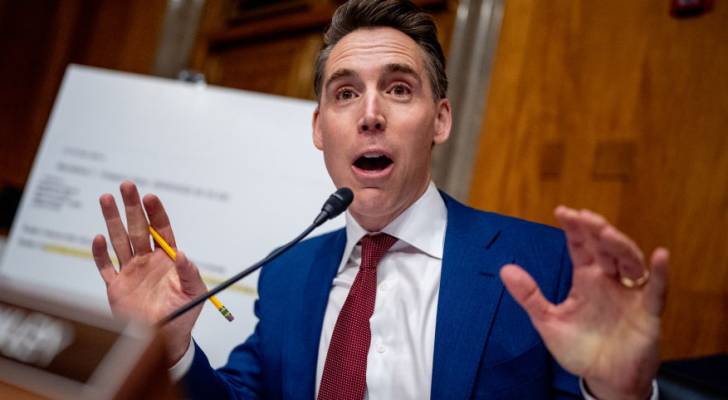Morgan Stanley reveals mid-year recession, interest rate cut forecast
This year has been tough.
After back-to-back 20%-plus returns for the S&P 500 in 2023 and 2024, concerns about stagflation and recession and the tariff debate have whipsawed the stock market.
After the S&P 500 reached an all-time high in mid-February, growing worry that a slowing economy would dent sales and profits plus renewed inflation fear due to newly imposed tariffs sent the benchmark tumbling 19%, just shy of bear-market territory.
Related: Jim Cramer sends blunt message on US debt risk to stocks
The selloff was so fast and steep that most stocks became oversold, providing tinder for a major relief rally ignited when President Donald Trump temporarily paused many of his reciprocal tariffs.
The index has since climbed nearly 20%, erasing much of the losses since February and lifting it into the black year-to-date.
Regardless, the seismic pops and drops have taken a toll on investors' psyches, and despite the recent gains, economic worries persist.
The jobs market has weakened over the past year, economic activity has slowed, and tariffs will likely remain in place, pressuring inflation and potentially backing the Federal Reserve into a corner.
The backdrop has many on Wall Street, including Morgan Stanley, updating their forecasts. The major investment firm recently released a midyear update that includes economic targets and shatters hopes for more Federal Reserve interest rate cuts this year.
Federal Reserve Chairman Jerome Powell is earning his pay this year.
The Fed's dual mandate is low inflation and unemployment, two often competing goals. This year the tug-of-war between the two makes setting rates to encourage employment and discourage inflation particularly tough.
Inflation has fallen markedly since it peaked above 8% in mid-2022. Still, progress has slowed and inflation remains above the Fed's 2% target. In April, the Consumer Price Index showed inflation at 2.3%, nearly matching levels seen in September.
Related: Billionaire Ray Dalio has strong reaction to US debt rating cut
Meanwhile, the job market isn't nearly as strong as it was a year or two ago.
Unemployment of 4.2% is historically low, but it's up from 3.4% in 2023. Meanwhile, in March 901,000 fewer jobs went unfilled compared with a year earlier, according to the Job Openings and Labor Turnover Survey, the Bureau of Labor Statistics' Jolts report. Layoffs are also on the rise, climbing above 602,000 workers this year, up 87% from a year earlier.
The cracks reflect a slowing in overall economic activity that's taking a toll on consumer confidence.
Latest News
- Trump's 'Big Beautiful Bill' Advances: Here's Who Wins And Loses
- Josh Hawley blasts Allstate CEO for making $26M last year — while company can’t ‘afford’ to pay out claims
- Activist investor pushes Forward Air to execute ‘value-maximizing sale’
- NIKE, Inc. (NKE): A Bull Case Theory
- Cisco Systems, Inc. (CSCO): A Bull Case Theory
- Can pharma tariffs “Make America Manufacture Again”?













